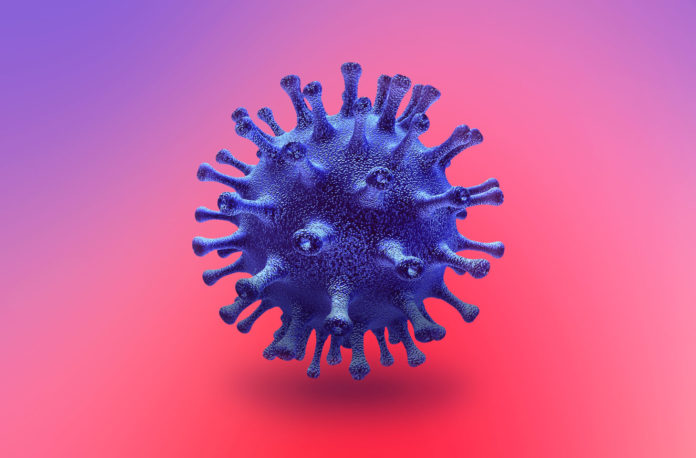The COVID-19 pandemic began at the end of 2019 in the city of Wuhan in Mainland, China. At first, the infection appeared to be like pneumonia due to the similarity in symptoms but soon after its fast spread, scientists were able to identify it as a new form of respiratory infection caused by a new type of coronavirus.
According to the present research, the new coronavirus, now called the SARS-CoV-2, originally came from bats and was able to transmit to humans through an intermediate host. Though the origin of the virus is now well-known, the question about its treatment and ending the overall pandemic remains unanswered.
There have been a number of health crises and epidemics in the past one hundred years and humans have managed to survive and begin normal life eventually. However, COVID-19 is comparatively different than all other infections.
A person carrying the virus can display no symptoms for a long period of time and then suddenly develop life-threatening conditions. The SARS-CoV-2 is also highly contagious and can easily transmit from one person to another.
Sarah Cobey, who is an epidemiologist and evolutionary biologist at the University of Chicago, says that the current situation is fairly new and distinct. The future and end of the novel virus infection, according to Cobey, will depend on not only the social and biological response of humans but also the evolution of the virus itself.
Also read- Can Children Transmit COVID-19 to Adults? (Global Report)
Health crisis and pandemics, when looking at human history and evolving pathogens, happen mainly due to perpetual mutations in viruses. Upon reaching enough novelty, they then start infecting people at a very high rate, eventually leading to an epidemic.
Novel viruses are not initially recognized by the immune system in humans as dangerous or a big threat but the body is able to produce a new brand of antibodies solely to fight the virus and infection over time.
However, developing immunity to a virus can take a long period to time. During this time, large populations of people are susceptible to contracting the infection. A shortage of medicines and protective equipment along with social factors such as gatherings and crowding can also contribute to the spread of the infection.
One of the biggest examples of such a pandemic is the H1N1 epidemic that occurred between the years 1918 to 1919. At the beginning of the twentieth century, medical practices and options were only limited due to the lack of advancements and research present today.
In addition, taking other preventive measures such as lockdowns and bans on public gatherings also depended on scientific evidence to corroborate the emergency and how early the measures were taken and implemented.
The H1N1 pandemic was responsible for around one hundred million deaths and affected five hundred million people around the world in its three waves that last for two years.
It only ended after the immune systems of the infected people who recovered were able to develop antibodies naturally but then the infection became endemic, lasting for years and infecting people seasonally.
Also read- The Future of Formula One (F1) Races Amidst COVID-19 Pandemic
An infection more similar to COVID-19 was Severe Acute Respiratory Syndrome or SARS which was also caused by one of the known seven coronaviruses. Fortunately, the symptoms of SARS were much more deadly and the response on the epidemic was quick which made it easier to contain.
The end of the novel coronavirus can also depend on factors that played a role in controlling previous health epidemics. For instance, the continuation of politics such as social distancing is important.
On the other hand, the development of vaccines and antiviral medicines in faster recovery and to relieve the symptoms also play a fundamental role. Eventually, the pandemic will be controlled but will most likely turn into a seasonal infection like all others.




